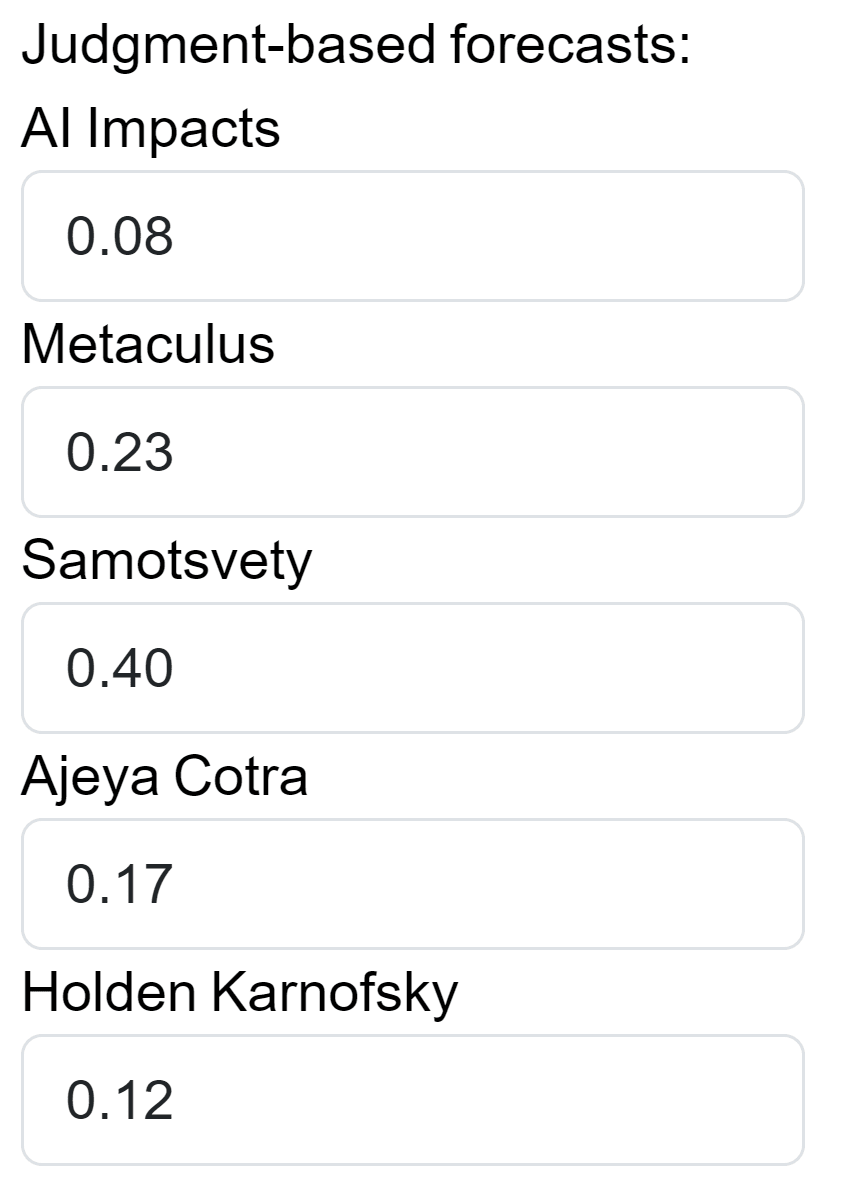Summary
In this article, I estimate the cost-effectiveness of five Anima International programs in Poland: improving cage-free and broiler welfare, blocking new factory farms, banning fur farming, and encouraging retailers to sell more plant-based protein. I estimate that together, these programs help roughly 136 animals—or 32 years of farmed animal life—per dollar spent. Animal years affected per dollar spent was within an order of magnitude for all five evaluated interventions.
I also tried to estimate how much suffering each program alleviates. Using SADs (Suffering-Adjusted Days)—a metric developed by Ambitious Impact (AIM) that accounts for species differences and pain intensity—Anima’s programs appear highly cost-effective, even compared to charities recommended by Animal Charity Evaluators.
However, I also ran a small informal survey to understand how people intuitively weigh different categories of pain defined by the Welfare Footprint Institute. The results suggested that SADs may heavily underweight brief but intense suffering. Based on those findings, I created my own metric DCDE (Disabling Chicken Day Equivalent) with different weightings. Under this approach, interventions focused on humane slaughter look more promising, while cage-free campaigns appear less impactful. These results are highly uncertain but show how sensitive conclusions are to how we value different kinds of suffering.
My estimates are highly speculative, often relying on subjective judgments from Anima International staff regarding factors such as the likelihood of success for various interventions. This introduces potential bias. Another major source of uncertainty is how long the effects of reforms will last if achieved. To address this, I developed a methodology to estimate impact duration for chicken welfare campaigns. However, I’m essentially guessing when it comes to how long the impact of farm-blocking or fur bans might last—there’s just too much uncertainty.
Background
In





Agree that they shouldn't be ignored. By "you shouldn't defer to them," I just meant that it's useful to also form one's own inside view models alongside prediction markets (perhaps comparing to them afterwards).